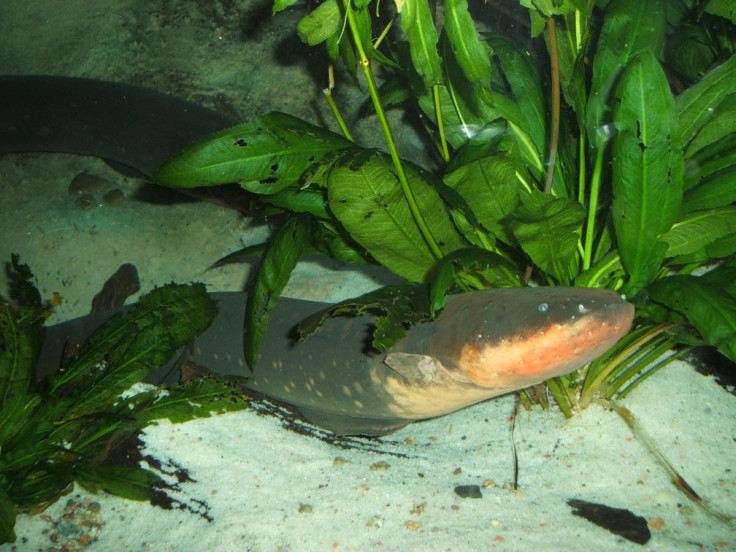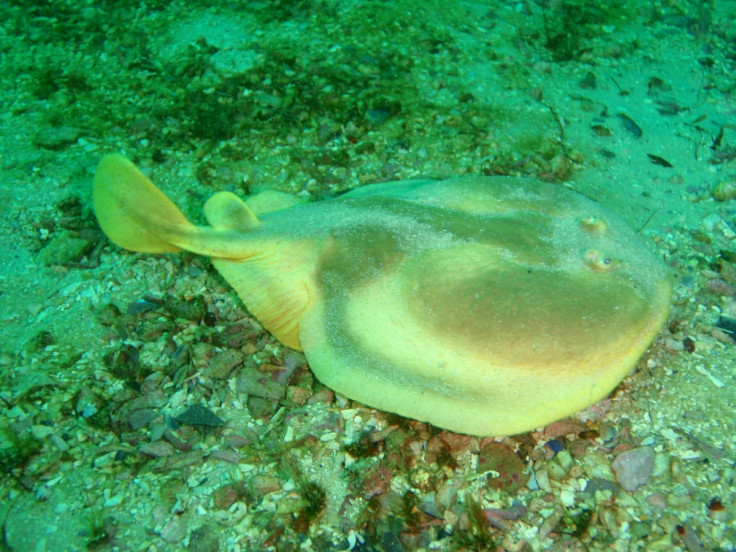How Electric Eels Evolved to Shock

Electric fish evolved the ability to shock by converting a simple muscle into an organ capable of generating an electric field, scientists have discovered.
This organ developed independently in six lineages of fish across a wide range of environments, including the flooded forests of the Amazon to the open ocean.
Published in the journal Science, experts led by Michael Sussman of the University of Wisconsin-Madison were looking to find a genetic basis for the electric organ. Their study suggests that all six species used the same genes and developmental pathways to create the electric organ starting 100 million years ago.
Co-lead author Lindsay Traeger said: "What is amazing is that the electric organ arose independently six times in the course of evolutionary history."
There are hundreds of different species of electric fish from the six key families. Darwin said they were a critical example of evolution where unrelated animals evolve similar traits to adapt to environments.
In ancient Egypt, electric marine rays were used as an early form of electrotherapy. Scientists including Benjamin Franklin also studied them to learn about electricity. Some species of electric fish can deliver a jolt several times more powerful than a household electrical outlet.
The electric organ is used to communicate with other fish, navigate and stun prey. The electric eel can deliver up to 600 volts: "A six-foot eel is a top predator in the water and is in essence a frog with a built-in five-and-a-half-foot cattle prod," Sussman said.

"Since all of the visceral organs are near the face, the remaining 90% of the fish is almost all electric organ."
The organ began to evolve about 100 million years ago when some fish began developing cells called electrocytes, which are capable of generating higher volts than those used to make muscles work. In these fish, the electrocytes become a bit like "batteries stacked in series in a flashlight".
In the eel, for example, the entire body contains millions of "flashlights" working together to discharge electricity.
By examining their lineages, the scientists found all species used the same genetic tools and cellular development pathways to become electrified.
"Our study demonstrates nature's creative powers and its parsimony, using the same genetic and developmental tools to invent an adaptive trait time and again in widely disparate environments," Sussman said.
© Copyright IBTimes 2024. All rights reserved.






